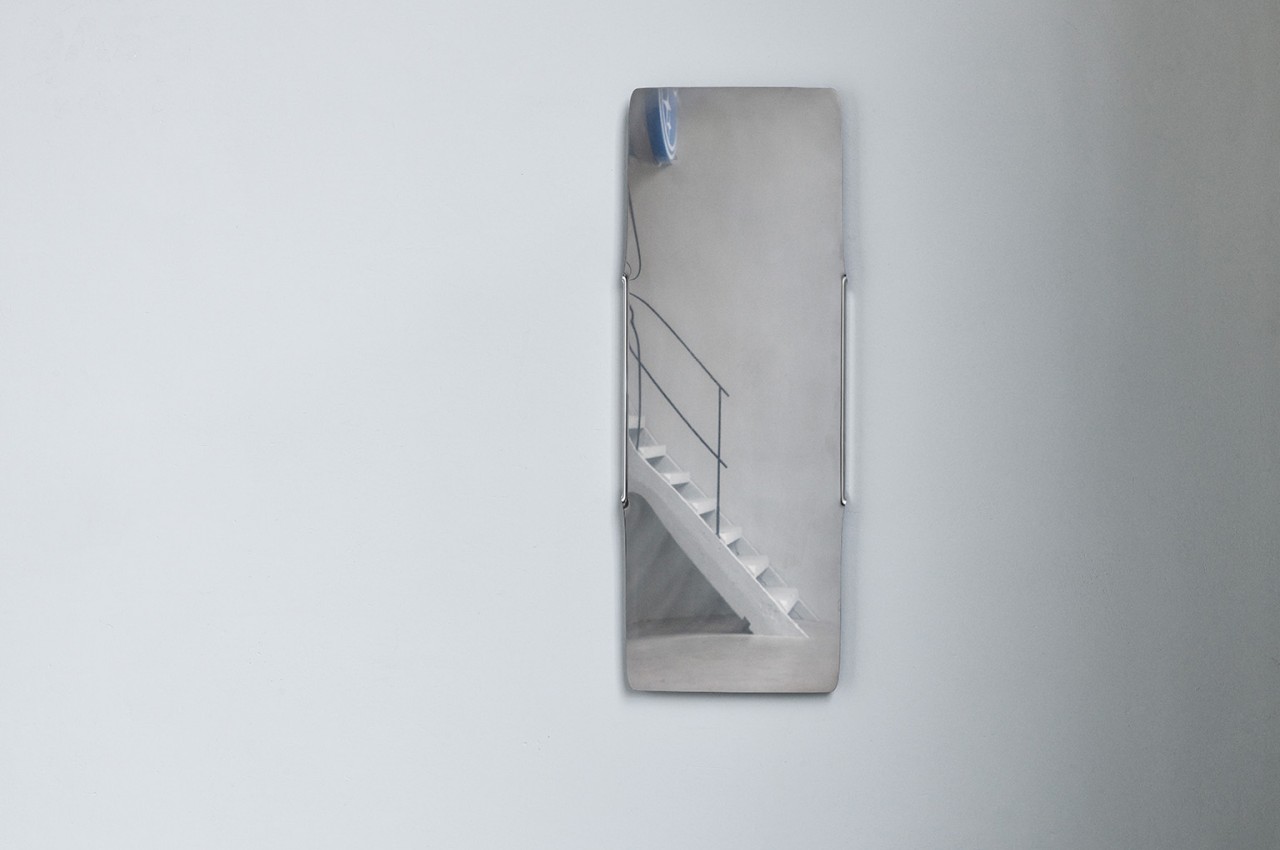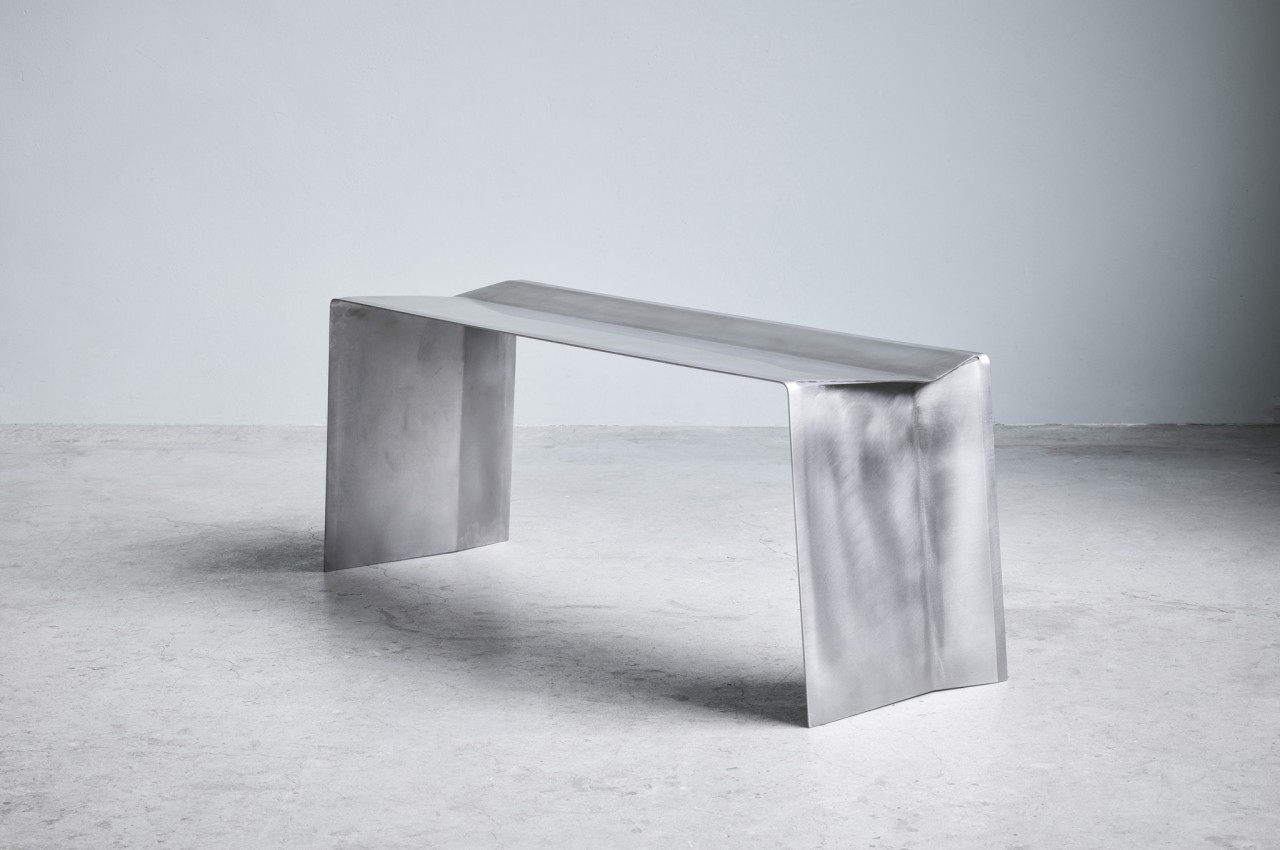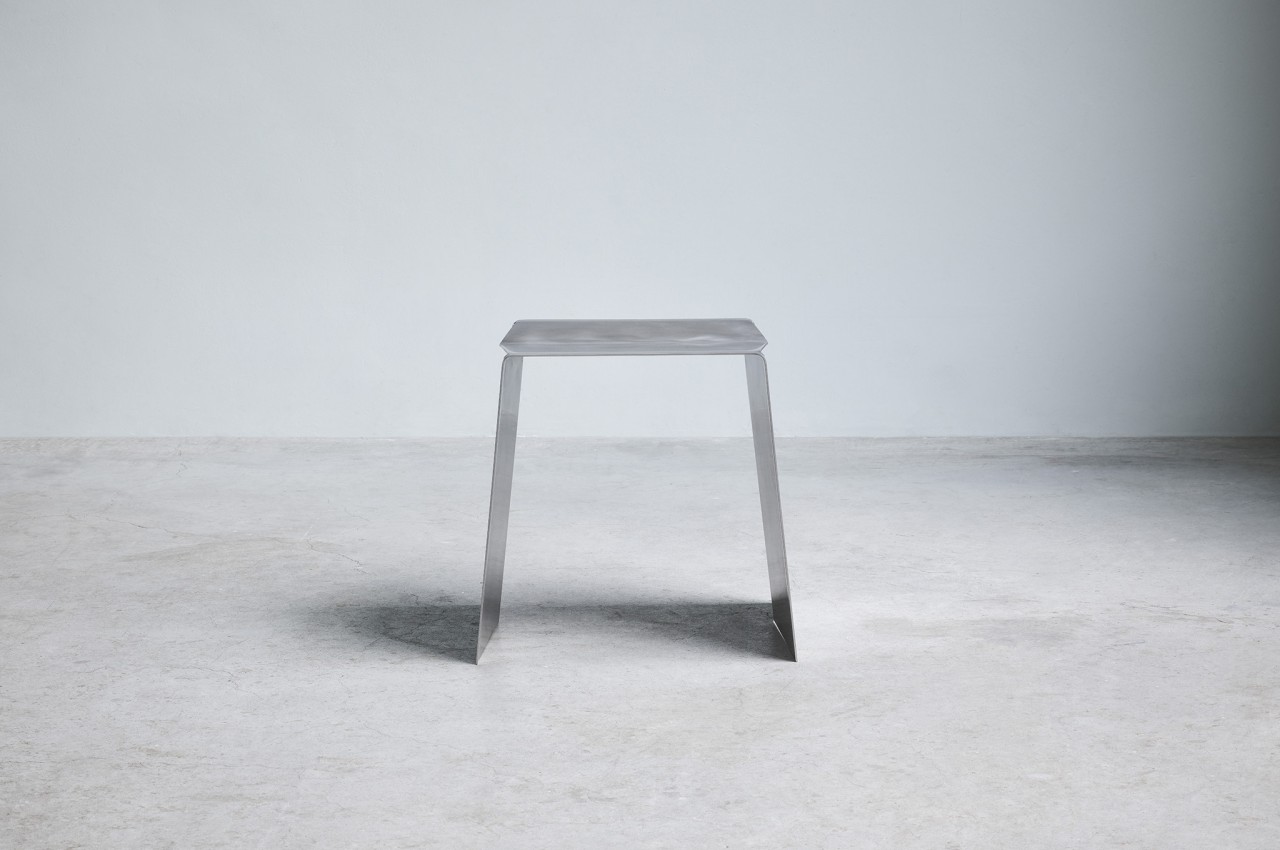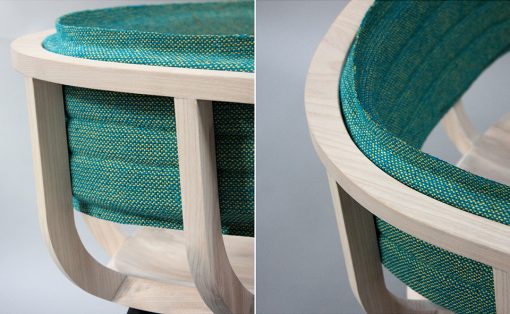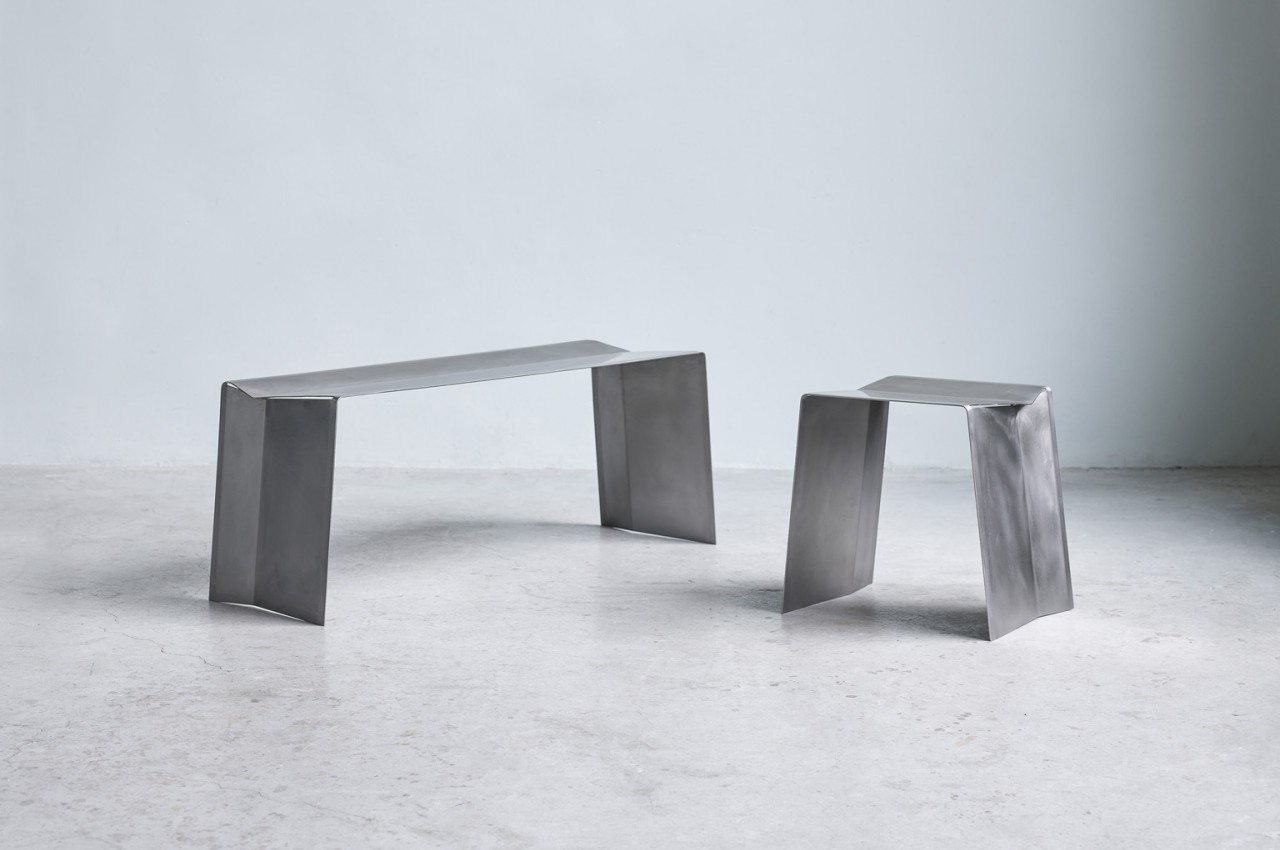
Furniture is so critical and so common in our lives that few of us probably give a second thought to how they’re made. As long as they serve their purpose and look good, tables, chairs, and other pieces of furniture might as well be made from alien material for most people. Unfortunately, the materials and processes used to make these essential products have started to chip away at the health of the planet for the sake of keeping humans comfortable. Designers have started to become more aware and conscientious of this problem, and they have started to put their creativity to work in solving it. In addition to using sustainable materials right from the start, another potential answer is to reduce the amount of waste that results from the manufacturing process, like a single sheet of metal that is then cut and bent to form a sharp-looking chair.
Designer: Paul Coenen
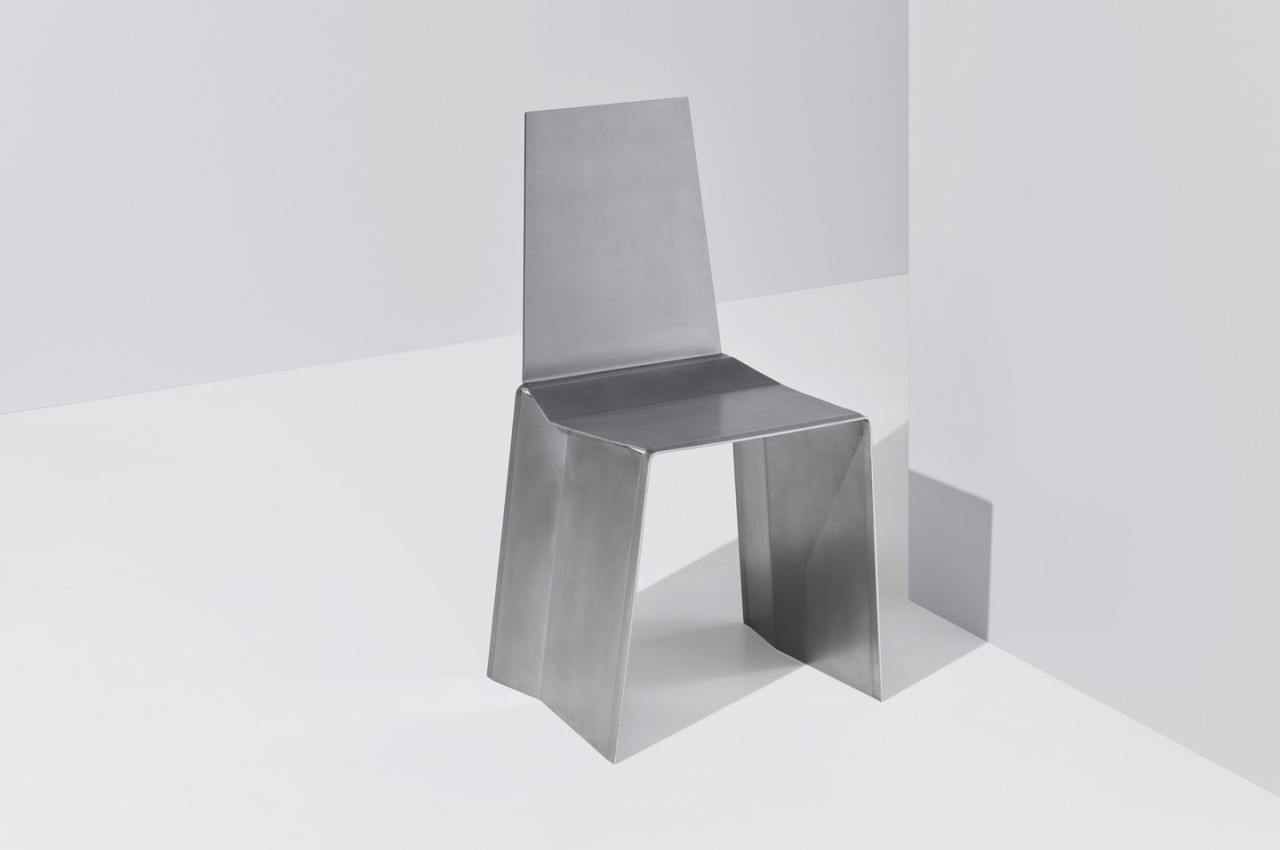
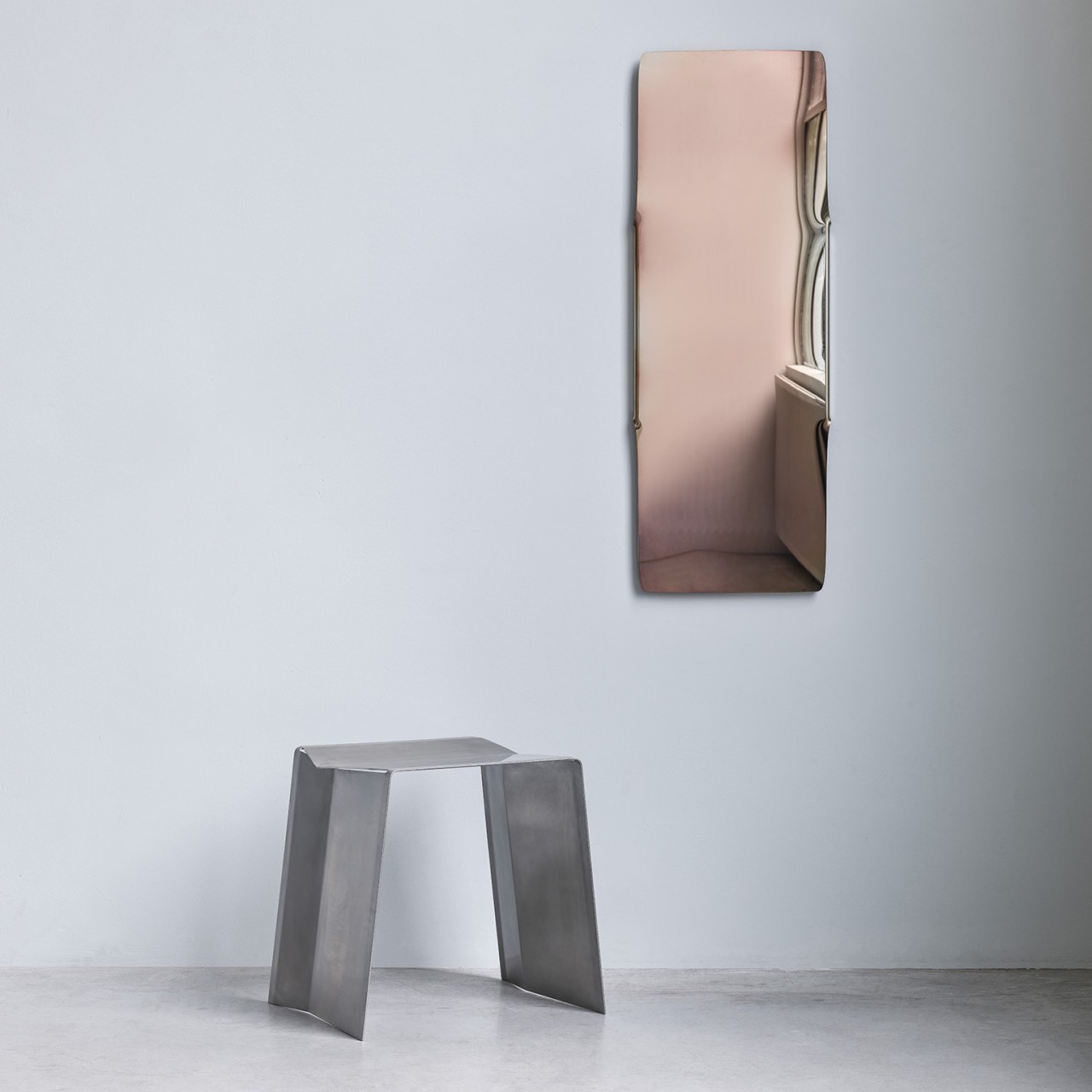
Even the simplest piece of furniture sometimes uses multiple parts. A table will be made of at least four legs attached to a tabletop, and those connections might require screws or other means to keep the table from falling apart with the slightest weight. With conventional furniture designs, these parts are often cut out or formed at different times from different materials, a process that often yields wastes bits and pieces that can no longer be used anywhere else.
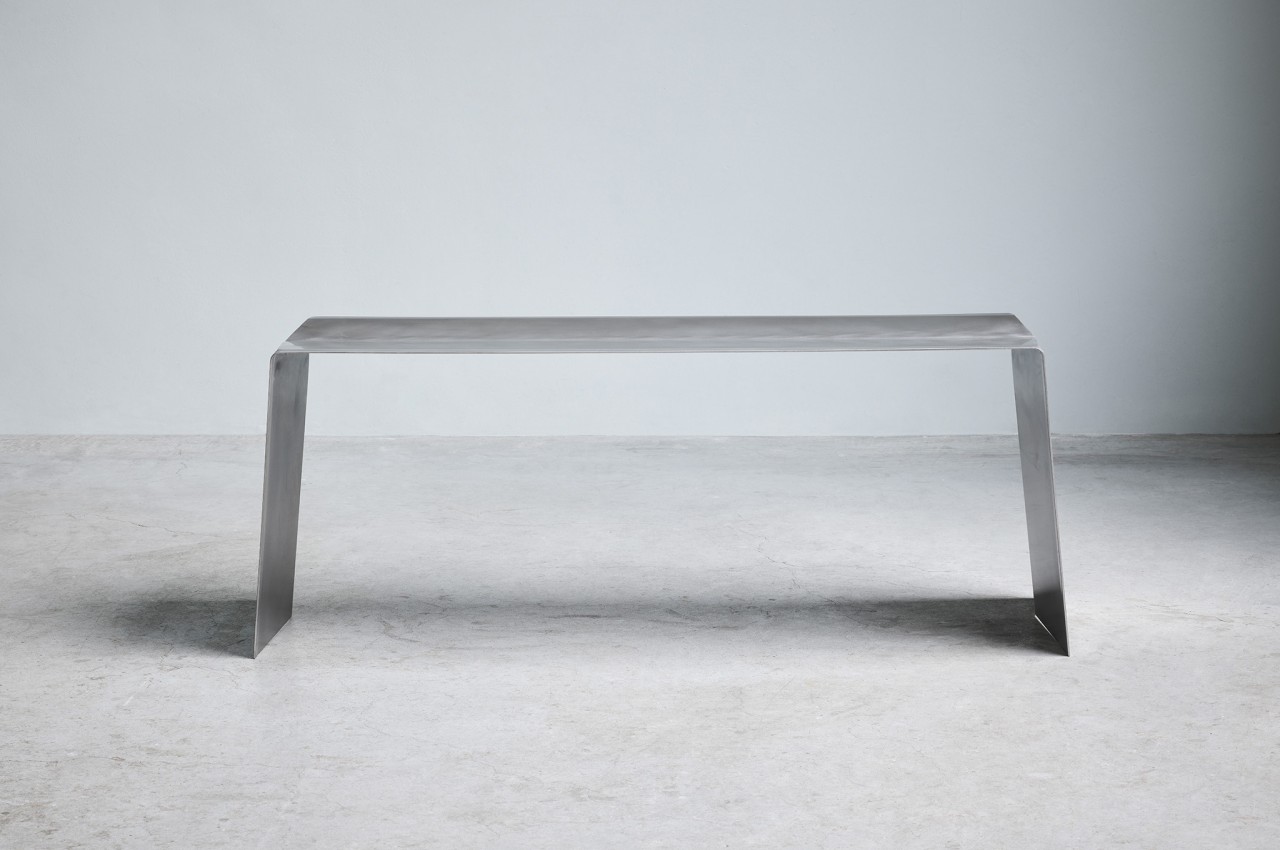
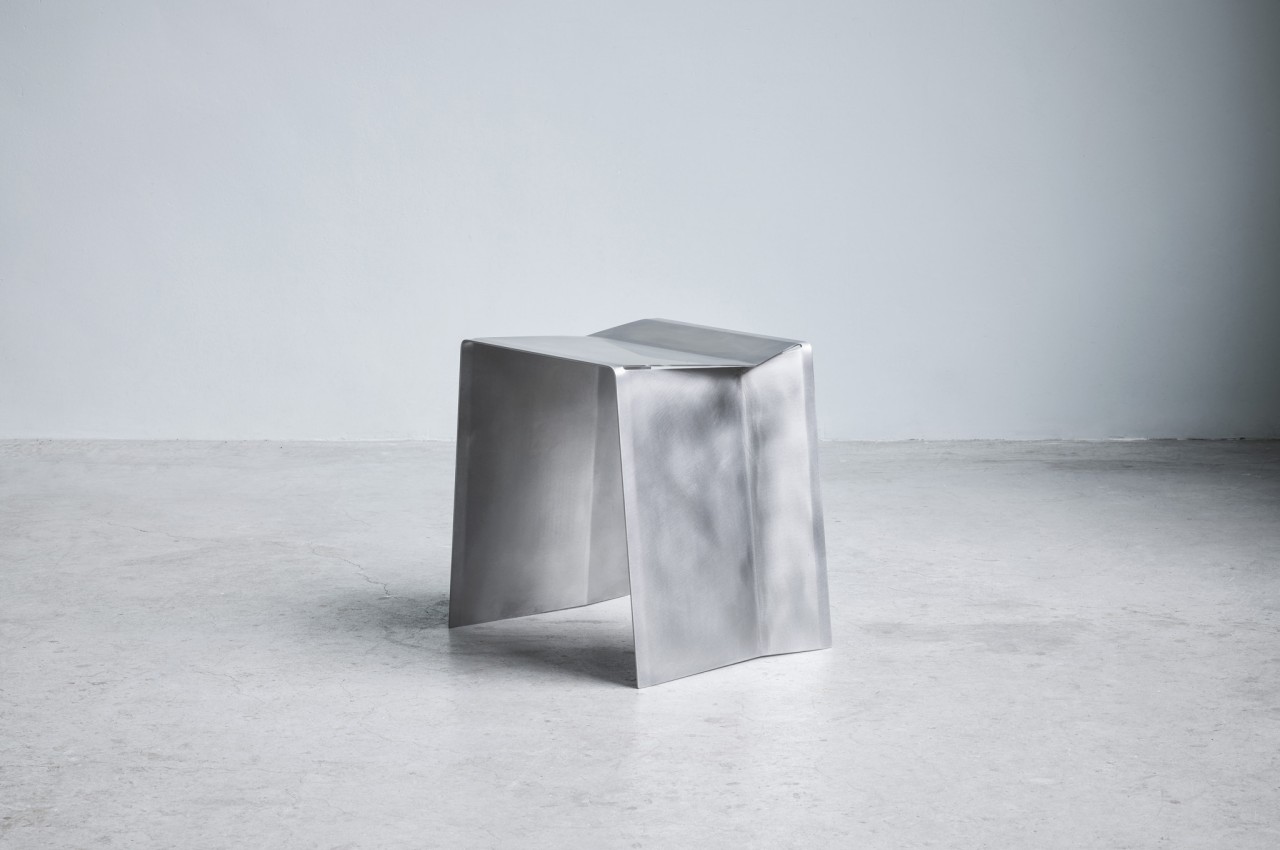
Some furniture designs have become a bit smarter by attempting to utilize every inch of a single sheet of wood or metal, but those might still need extra parts to connect them together. A more efficient way would be to just use the whole sheet and nothing else, but it’s also more challenging to create visually appealing designs. You might think it’s a simple case of folding metal, for example, but making it usable while also looking good is actually harder than you might think.
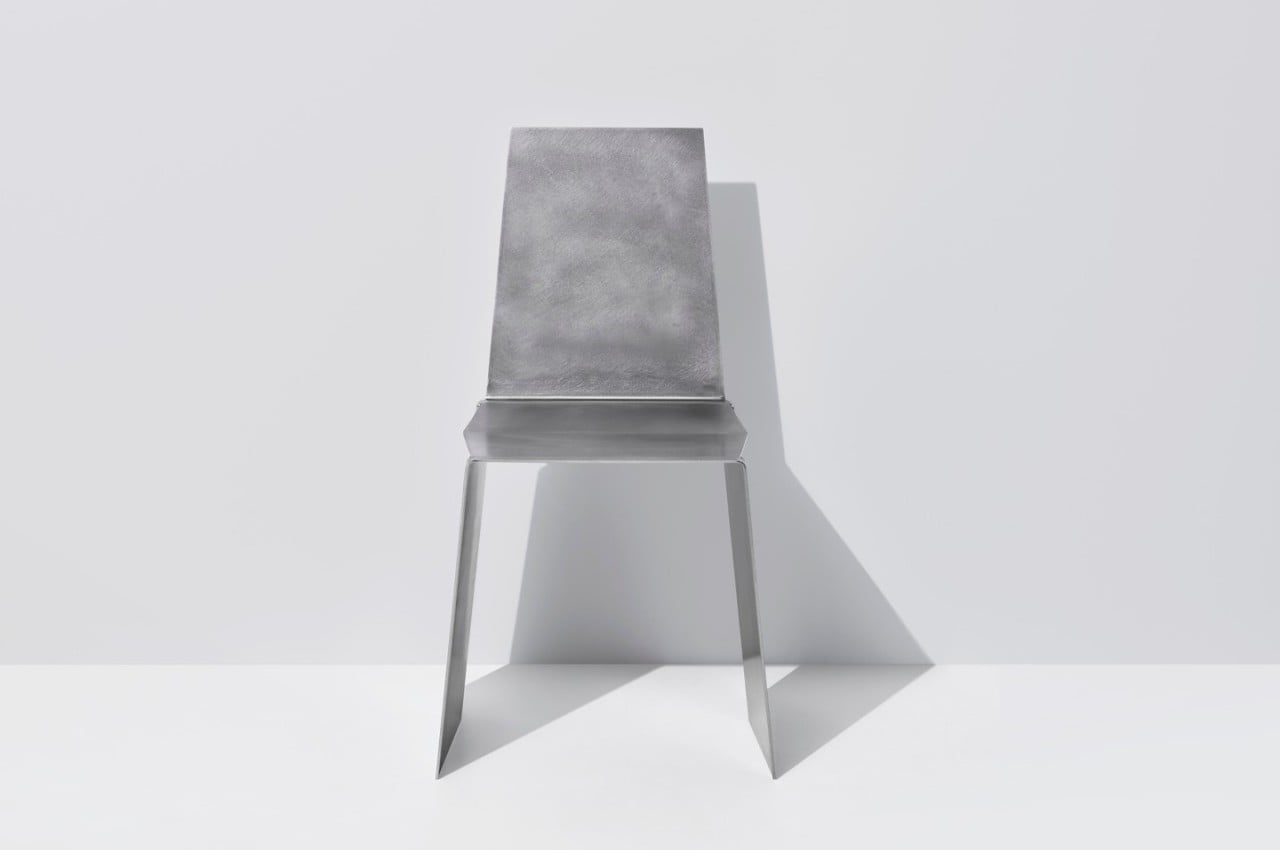
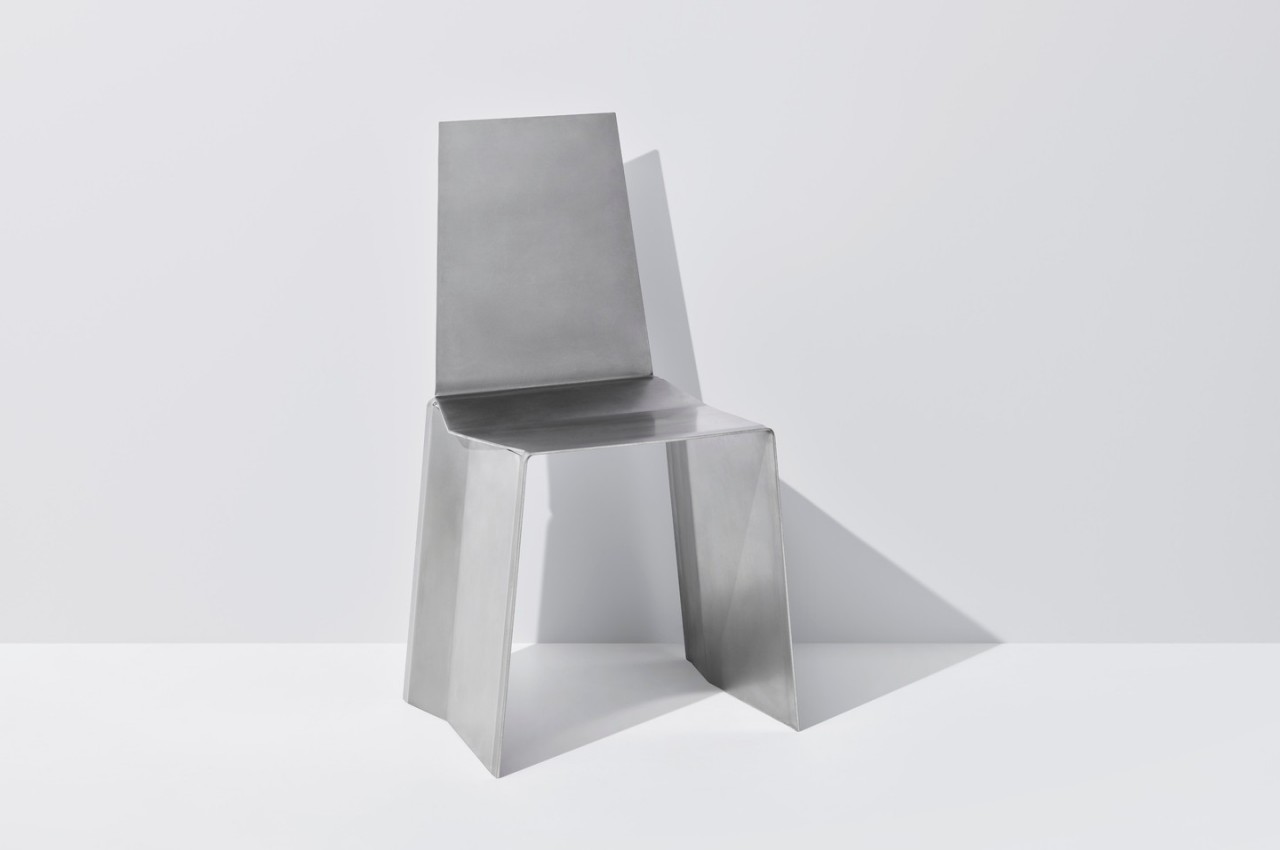
Camber is an attempt to check all those boxes by cutting and bending a single sheet of stainless steel to form seats you’d want to look at as much as sit on. Rather than simply bending two ends to form legs, the design actually involves making two angular cuts where the folds would happen before actually bending down the legs. This creates not only a more interesting design but also adds some stability to the bench or stool’s legs.
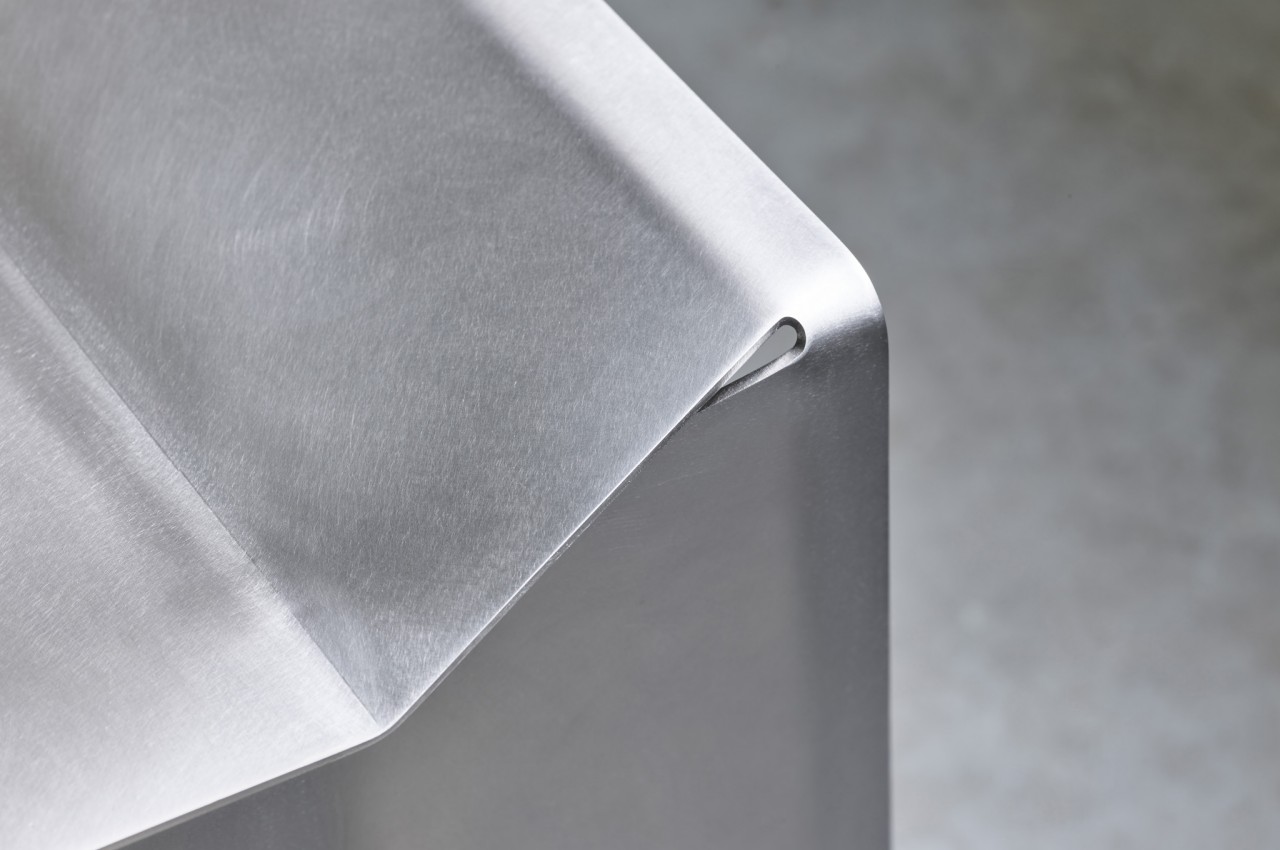
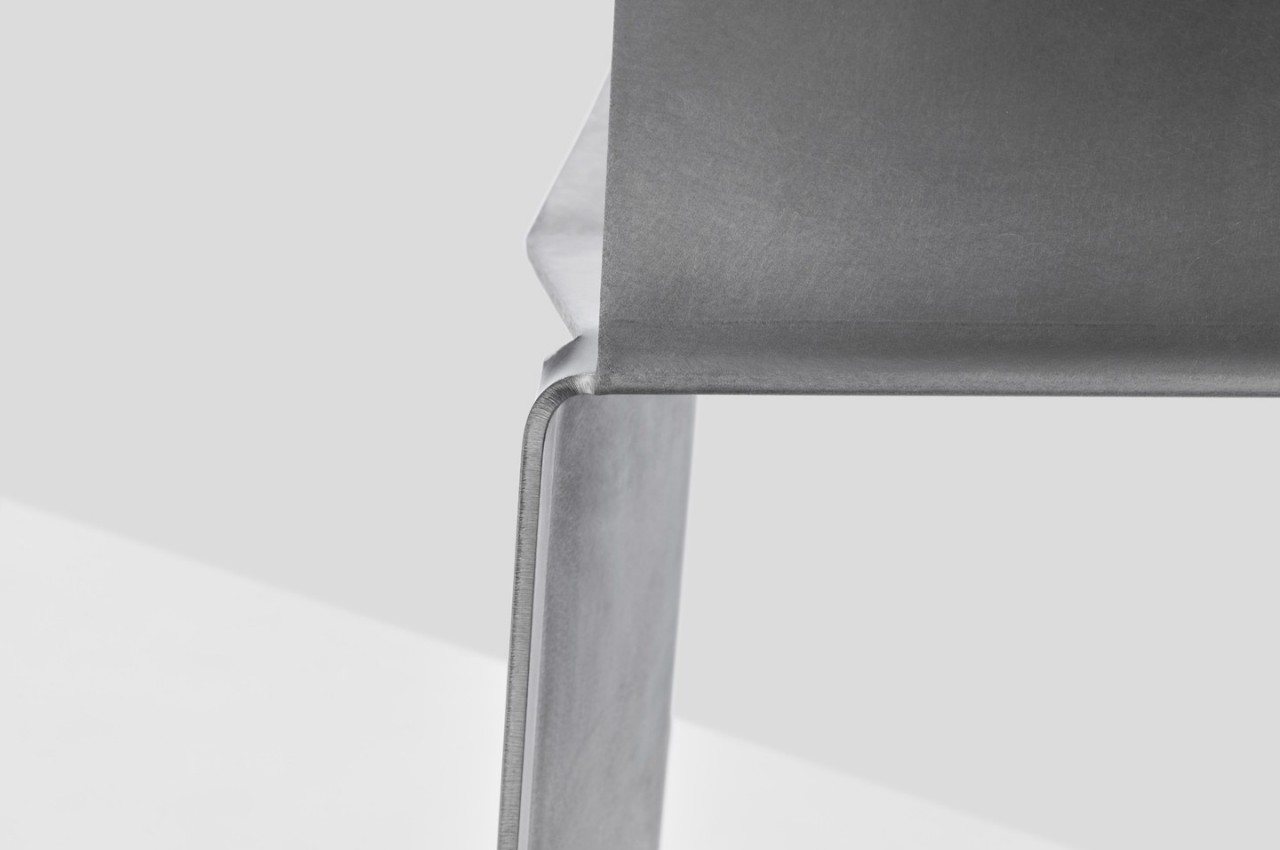
Sanding gives the seats a reflective yet matte surface, removing the need for any harmful coating. It’s an almost perfect complement to the designer’s SST mirror, which uses the same single-sheet principle, except that the surface is polished to the point that it becomes more reflecting. Stainless steel might not be the most environment-friendly metal, but its longevity ensures that these chairs and benches should last far longer than other types. Camber is simple, almost brutalist in its appearance, but its appeal goes beyond looks, offering a design that isn’t only efficient but also, in some odd way, charming in its own right.
